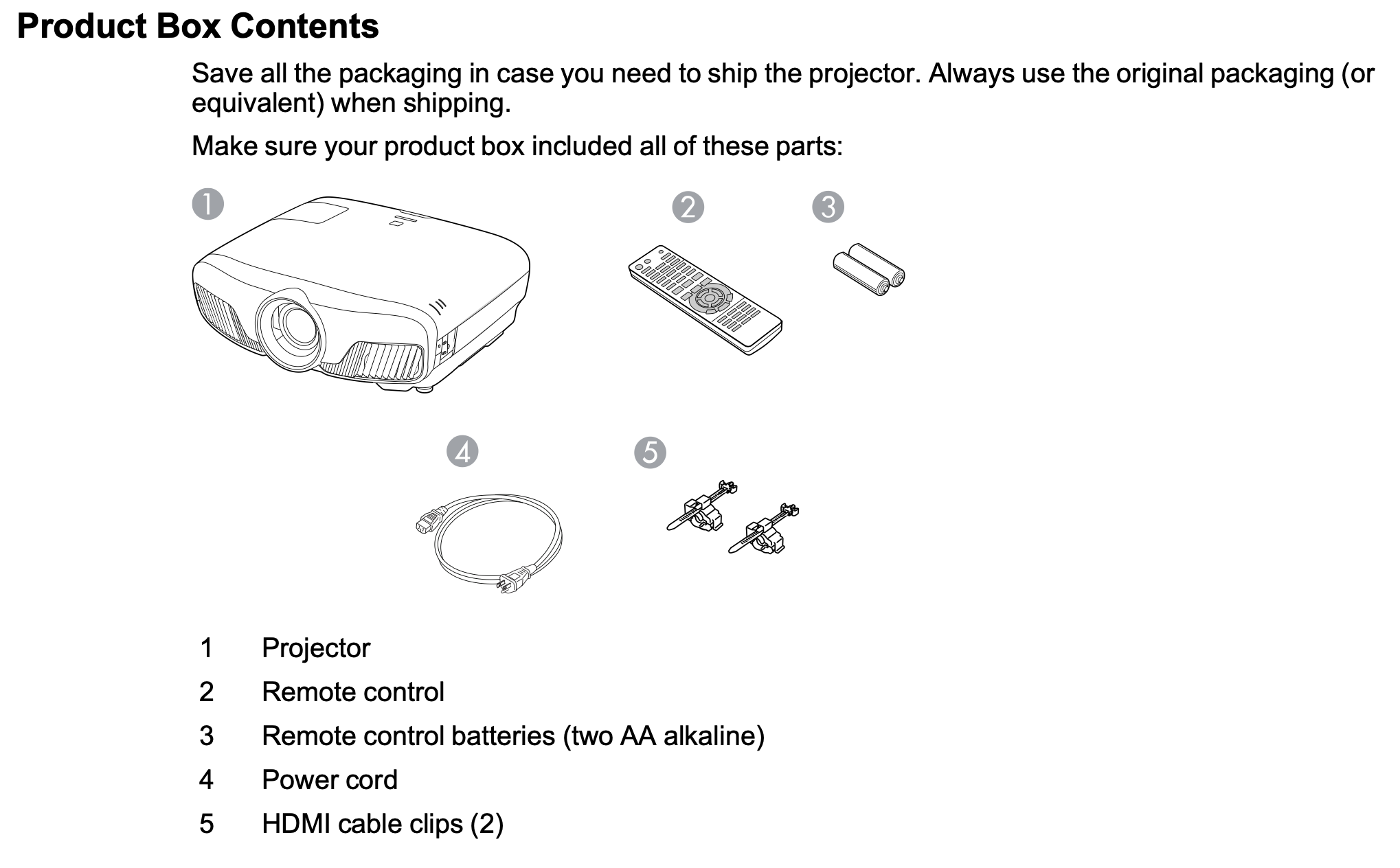The brief.
In this IP, we needed choose an educational technology that is within our past, present, or future practice in order to elucidate and describe the costs of using that tool. The use of the tool should be specific and the costs should also be specific so they may be classified appropriately. Given the difficulty of sourcing information in the cost-benefit analysis, we needed to record where we were able to learn real information about actual recourse consumption of the tool, and where were then unable to do so. This should shed some analytical light on how such information is disclosed and why.
The tool.
For this IP, I’ve chosen to look closely at the screen projector. It’s a tool that has a strong educational history, a strong present use, and likely plenty of continued future use. I’ve chosen a specific brand and model and will report on that model as much as possible and then broaden the scope out to the brand. The model is the Epson Home Cinema 4010 4K PRO-UHD 3-Chip Projector with HDR which is used in several film, expanded media, and photo classes across the Nova Scotia College of Art and Designs’ (NSCAD’s) campuses. It is a tool which gets an abundance of teaching and learning use in this context and therefore sees a lot of replacement and turnaround. The medium I have selected to conduct this analysis is a slide-deck, one of the most common uses of projection displays.
The projector in question, pictured front and back. Credit: epson.ca; Link here.
The contents of the box when the projector is ordered, according to the user guide.
Credit: epson.ca; Link here.
The slides.
References.
Belton, P. (2021, September 18). The computer chip industry has a dirty climate secret. The Guardian. https://www.theguardian.com/environment/2021/sep/18/semiconductor-silicon-chips-carbon-footprint-climate
Crawford, K. (2021). Atlas of AI. Yale University Press.
Jia, H., Liang, L., Xie, J. & Zhang, J. (2022). Environmental effects of technological improvements in polysilicon photovoltaic systems in China - A life cycle assessment. Sustainability, 14, 1-18. https://doi.org/10.3390/su14148670
Lucas, S. (2011, July 8). CHINA: From no future to market leader- visiting Epson’s massive projector manufacturing facility. What Hi-Fi? https://www.whathifi.com/news/china-no-future-to-market-leader-visiting-epsons-massive-projector-manufacturing-facility
Mishra, A. (2015) Impact of silica mining on environment. Journal of Geography and Regional Planning, 8(16), 150-156.
Rafi, A. S, M. M., Tasnim, U. F. & Rahman, M. S. (2018). Quantification and qualification of silica sand extracted from Padma River sand. IOP Conference Series: Materials Science and Engineering, 438, 1-7.
Vance. (2021, November 14). Where are Epson projectors made? PointerClicker. https://pointerclicker.com/where-are-epson-projectors-made/
***I pulled a lot of primary data from Epson themselves. Links to content built into the slides, are in the slides themselves. The main site mined for data can be found here: https://corporate.epson/en/

